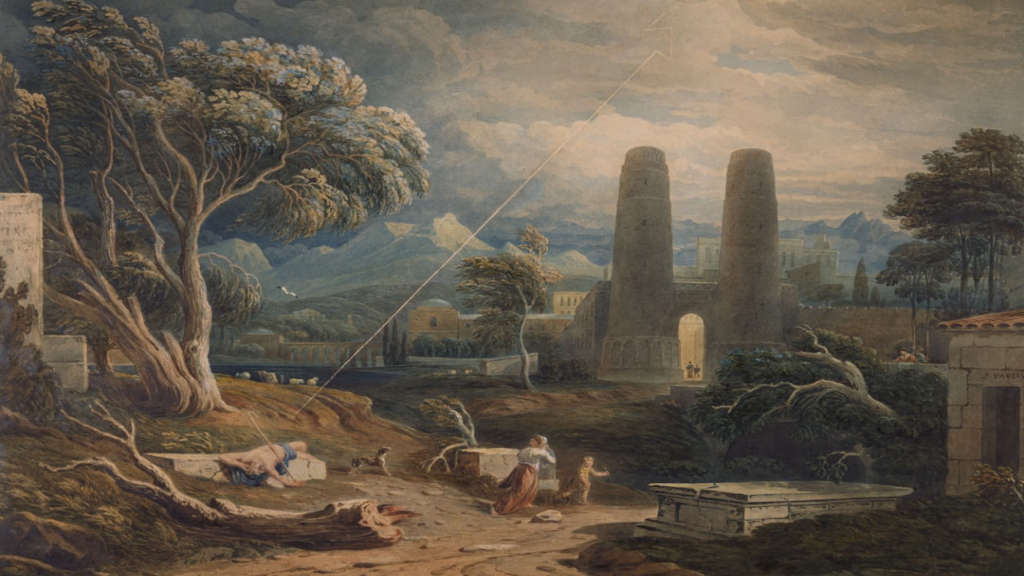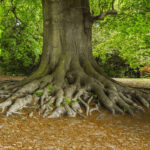Nature, with its endless horizons and vibrant colors, constantly whispers secrets that fuel our creativity. The moment we step outside, we are greeted by a stunning array of textures and patterns that awaken our senses. This intimate connection with the earth holds a powerful potential for artistic inspiration from nature. By engaging with the environment, we find ourselves enriched, rejuvenated, and ready to express our deepest thoughts. Let us explore how the wild can unlock our innermost creativity and lead us on an artistic journey.
Main Points
- The significance of nature in the artistic process.
- How colors and textures in the wild inspire creativity.
- Practical ways to engage with nature for artistic growth.

Exploring Nature’s Color Spectrum: How Landscapes Ignite Creative Expression
Nature is an unrivaled artist, painting landscapes with a vibrant palette that captivates our senses. Every hue contributes to an emotional landscape that speaks to the soul. The interplay of colors can invoke nostalgia, joy, or even contemplation. Have you ever felt a rush of inspiration standing before a golden sunset or amidst lush greenery? It’s as if the surroundings awaken a dormant part of our creativity.
The Power of Color in Art
Colors possess a remarkable ability to stir our emotions. For artists, understanding this can enhance their work significantly. Here are a few ways landscapes influence artistic expression:
- Visual Inspiration: Natural environments provide endless subjects for art, from tranquil lakes to towering mountains.
- Emotional Resonance: Each color evokes distinct feelings. For example, blues can promote calmness, while reds might evoke passion.
- Symbolic Meanings: Certain landscapes can symbolize larger themes, such as perseverance in the face of adversity.
Ultimately, nature’s vivid hues beckon us to explore and create. They remind us that inspiration often lies just beyond our doorstep, waiting to be transformed into art.

The Art of Observation: Techniques to Harness Natural Inspiration for Your Work
Observation is more than just seeing; it’s about truly engaging with the world around you. In an age where distractions are abundant, honing your observation skills can unlock a treasure trove of creativity. To begin, immerse yourself in nature. Take a quiet walk in the park or visit a nearby forest. Notice the intricate details of leaves or the patterns of shadows. These elements can spark fresh ideas for your projects.
Another technique involves keeping an observation journal. Write down your thoughts, feelings, and any intriguing sights you encounter. This isn’t merely a diary but a way to cultivate your perceptions actively. Sometimes, the most mundane events can reveal profound insights about life and art.
Mindful Practices to Enhance Observation
Engage in mindful breathing exercises. By slowing down, you allow your surroundings to speak to you. Focus on the texture of bark or the sound of rustling grass. It may seem simple, yet such practices deepen your connection to the environment.
| Technique | Description |
|---|---|
| Nature Walks | Immerse yourself in natural settings. |
| Journaling | Document thoughts and observations. |
| Mindful Breathing | Focus on your surroundings with awareness. |
In summary, observation can illuminate your creativity. It invites you to see not just what is, but also what could be. Explore your surroundings with curiosity, and let inspiration flow.
From Forests to Oceans: Unveiling the Emotional Impact of Nature on Artistic Innovation
Art serves as a mirror, reflecting our surrounding environment and inner emotions. Nature acts as a profound source of inspiration, influencing artistic innovation in myriad ways. Whether it’s the whispering winds through ancient forests or the crashing waves of distant oceans, the natural world elicits visceral reactions that transcend mere observation. Artists often wander into these realms, seeking not just beauty but a deeper connection to their own feelings.
The Chaotic Dance of Inspiration
It’s intriguing how a simple stroll beneath the leafy canopies can ignite creativity. Yet, the influence isn’t always straightforward. Sometimes, the dark shadows of a forest evoke feelings of solitude, pushing the artist to confront their innermost fears. Alternatively, the soothing sound of ocean waves may inspire tranquility, leading to the creation of serene landscapes. Nature’s emotional palette is vast, filled with shades we often overlook.
Moreover, the interplay between these environments can spark unexpected innovations. Artists navigate between different elements, creating works that capture the essence of both forests and oceans. In doing so, they reveal not just their artistic vision but also the intricate bond connecting humanity and nature.
Conclusion
In conclusion, we can see how nature continuously inspires artistic expression in various forms. The intricate patterns found in leaves or the vibrant colors of a sunset urge artists to capture their essence on canvas or through other mediums. This profound connection between the natural world and creativity highlights the importance of taking a moment to observe our surroundings. By doing so, we open ourselves to the possibilities that the beauty of nature offers. As we embrace Artistic Inspiration from Nature, we remind ourselves that there is always a source of creativity available if we are willing to seek it out.
Frequently Asked Questions
How can nature inspire my artistic creations?
Nature offers a vast array of colors, shapes, and textures that can evoke emotions and ideas. Observing natural elements like landscapes, plants, and animals can stimulate creativity and provide unique perspectives for your artwork.
What are some techniques to incorporate natural elements into my art?
You can use techniques like sketching outdoors, using natural materials (such as leaves or stones), or using color palettes inspired by landscapes. Additionally, experimenting with photography of nature can provide a great reference for your work.
Can studying nature improve my artistic skills?
Absolutely! Studying nature can enhance your observation skills, understanding of light and shadow, and color theory. Engaging with the environment can also instill a sense of peace and inspiration, thus improving your overall creativity.




